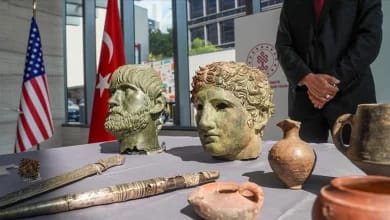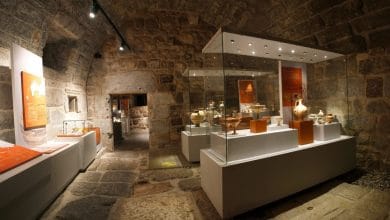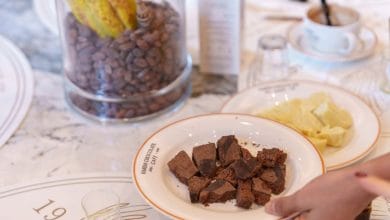Topkapi Palace brings Ottoman legacy to life with historical guards
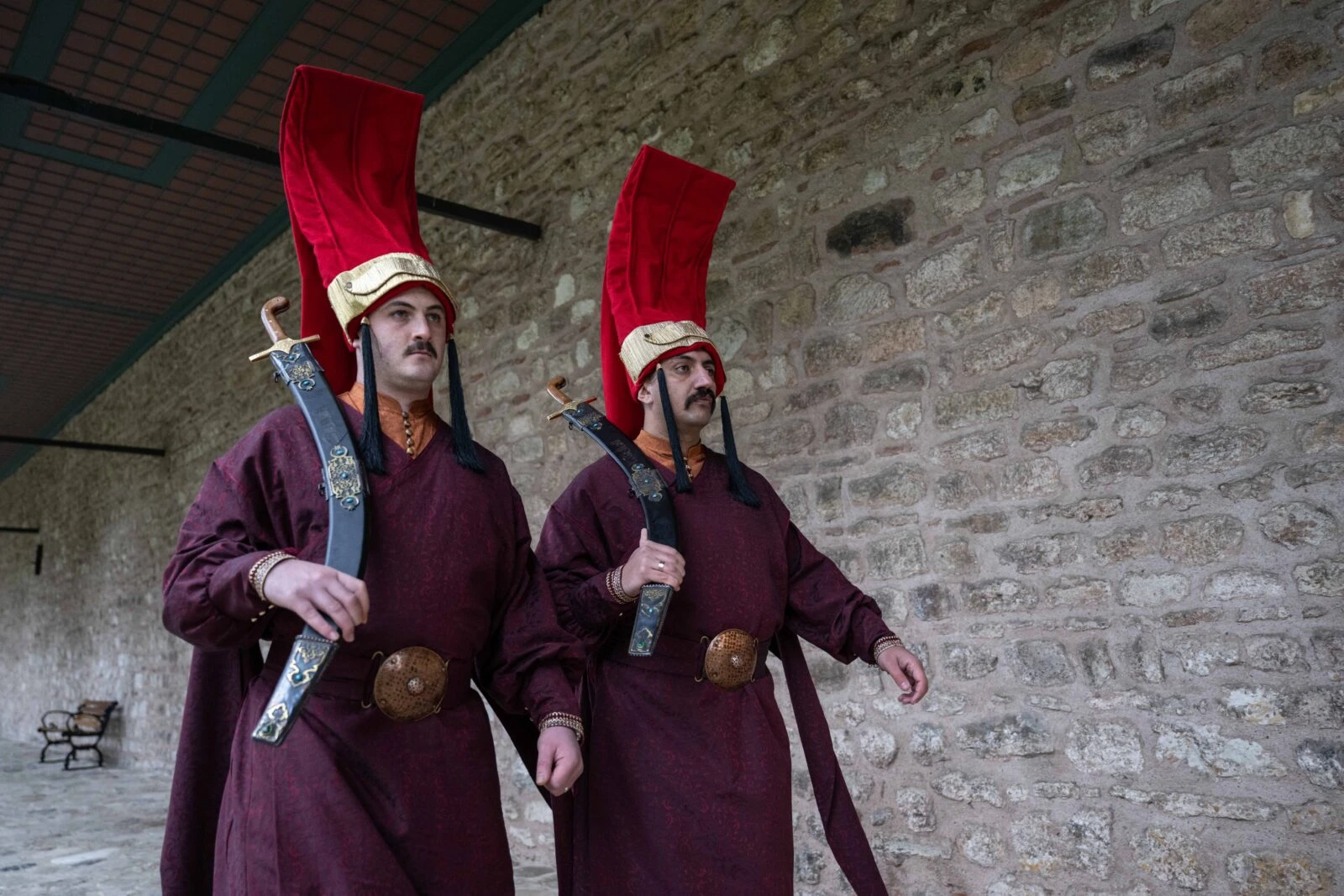
Topkapi Palace, a historical landmark attracting thousands of visitors daily, has introduced a new initiative where gendarmeries stand guard in “silahtar” uniforms, reminiscent of the Ottoman Empire’s elite guards.
The move is part of an effort to enhance the visitor experience by recreating authentic historical moments.
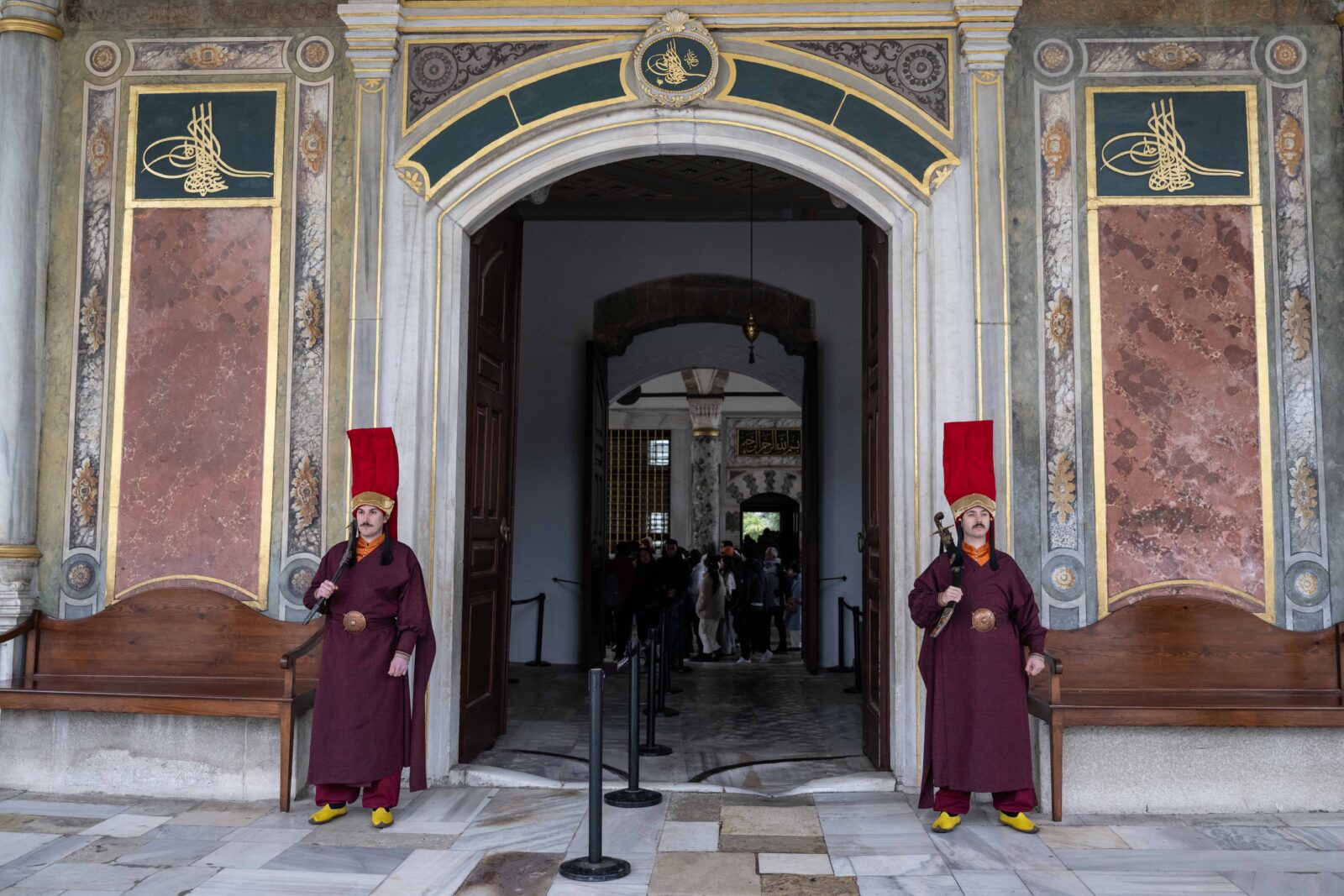
Historical guard uniforms bring Ottoman era to life
Under the direction of the National Palaces Administration, which operates Topkapi Palace, visitors now have the unique opportunity to photograph gendarmeries dressed in the iconic “silahtar” attire.
The silahtar, historically the most influential figure in the Ottoman Imperial Enderun (Palace School), was responsible for guarding the Sultan’s weapons and armories.
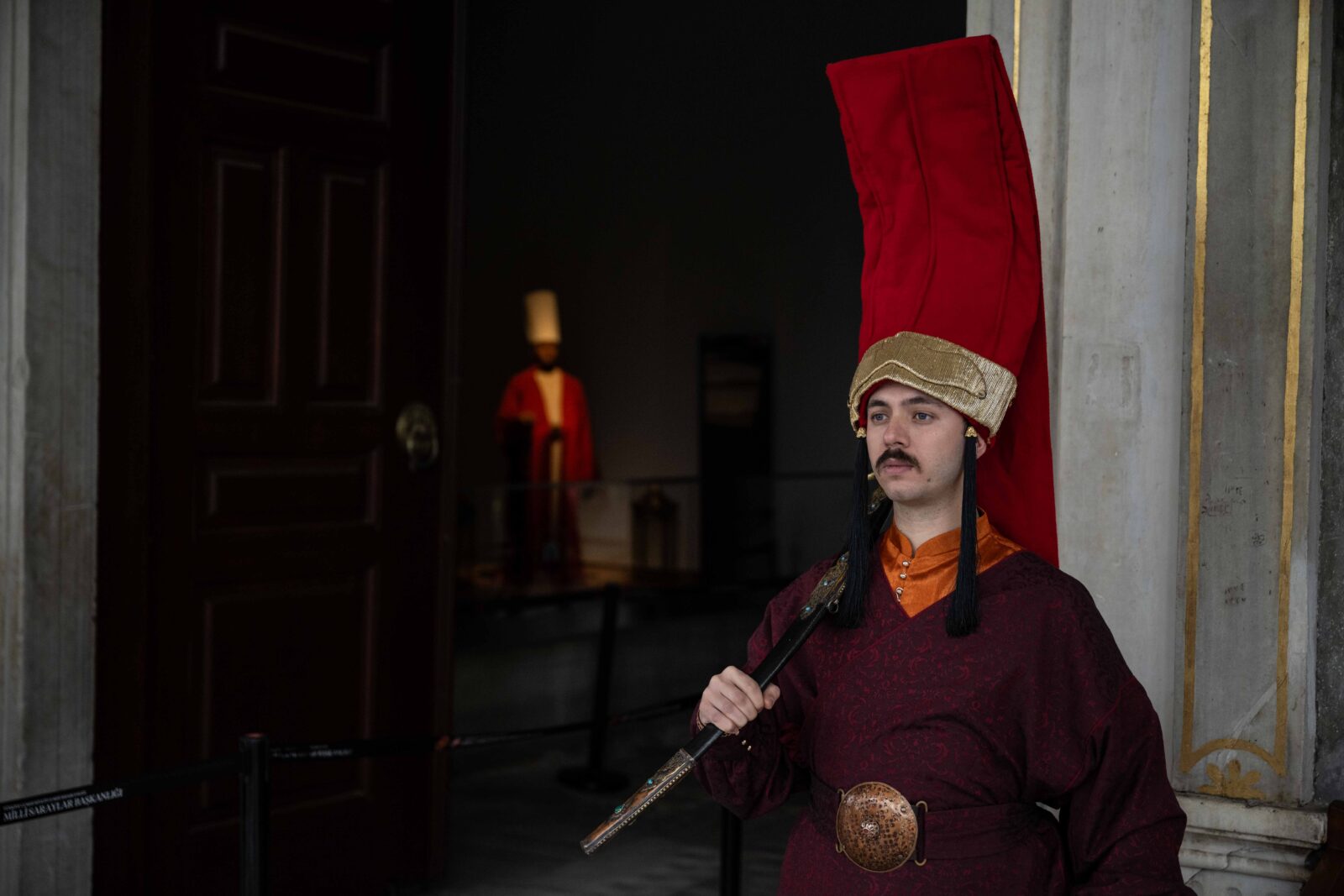
This new edition also sheds light on the military organization and historical uniforms of several European countries, such as those of England, Italy, and Switzerland.
Visitors are intrigued as they watch the gendarmeries, clad in historical attire, change shifts and walk through the palace grounds, blending the past and present in a live museum experience.
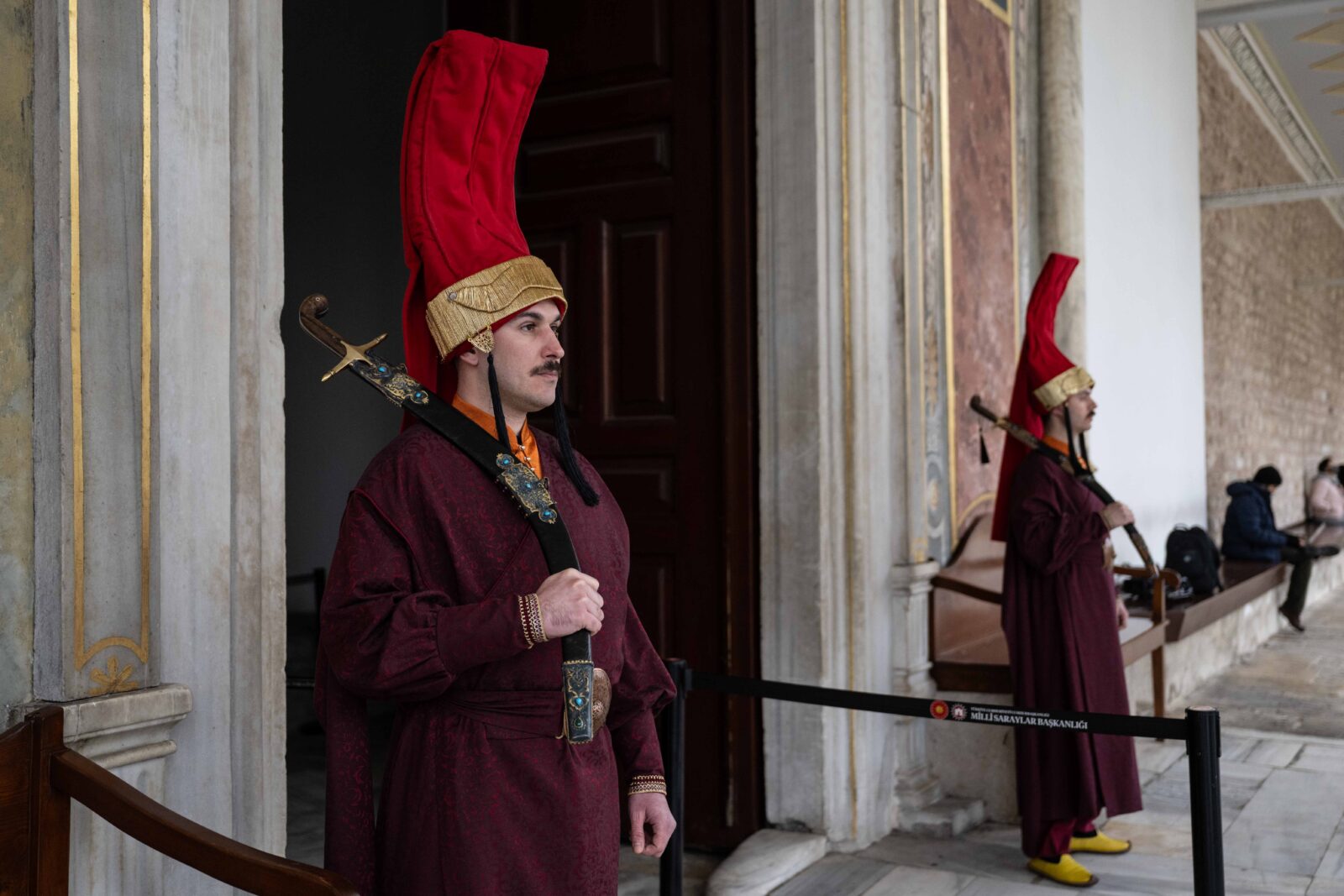
A world-wide museum trend
Ilhan Kocaman, the Director of Topkapi Palace, highlighted the goal of introducing thematic museum practices that not only bring history to life but also educate visitors. “Just as it is a common practice in global museums, we aim to create interactive experiences that engage visitors by showcasing period-specific uniforms and activities. These applications allow visitors to connect with the past,” Kocaman shared in an interview with Anadolu Agency.
Kocaman elaborated on how the palace staff studied historical sources and visual documents to recreate authentic “silahtar” uniforms, ensuring their accuracy and historical significance. The new practice is proving successful, drawing positive feedback from visitors, and providing a deeper understanding of the Ottoman era.
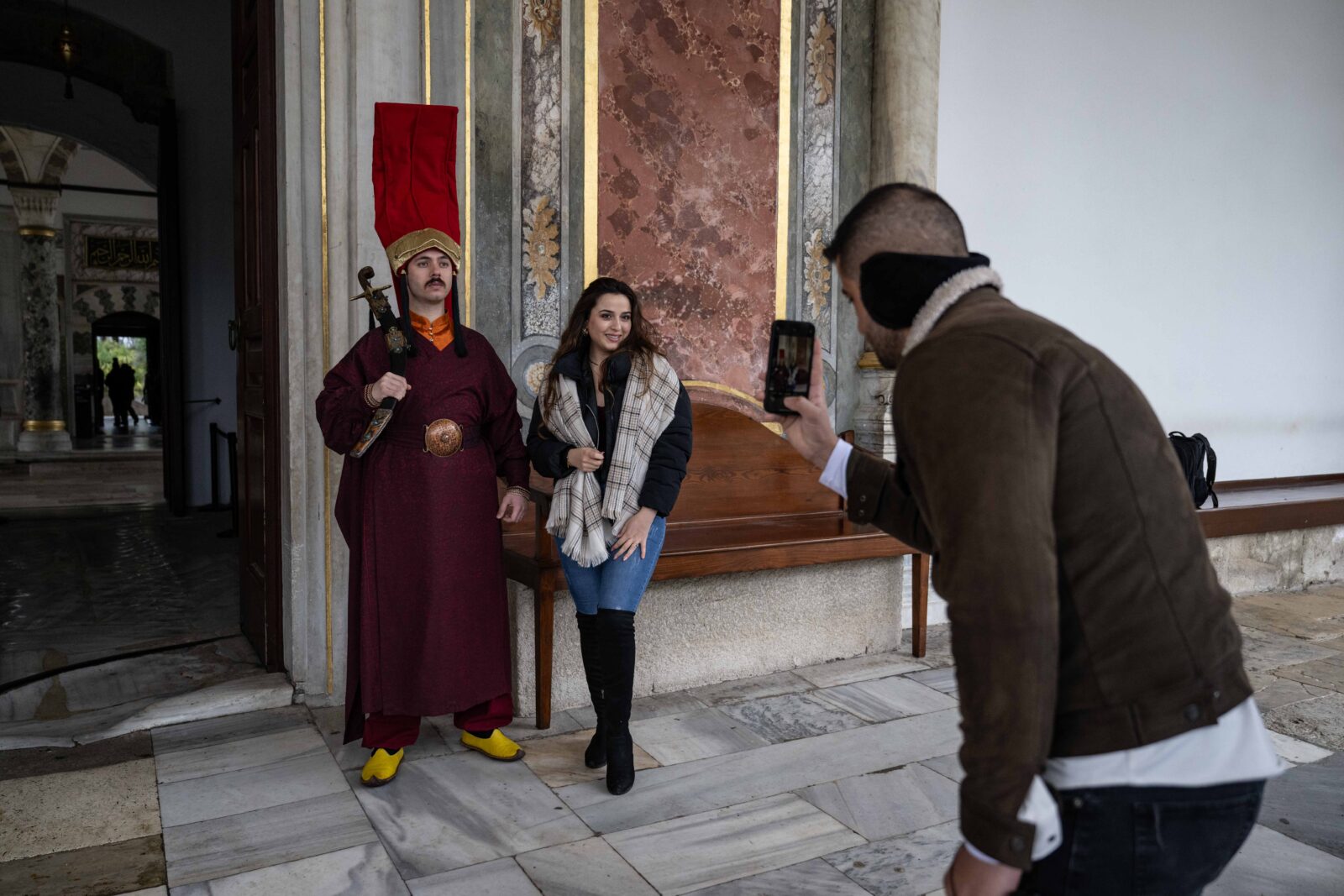
Topkapi Palace to expand its historical experience
Topkapi Palace, once the seat of the Ottoman Empire from the 15th to the 19th century, is gradually transforming into a more immersive historical space. According to Kocaman, the palace will soon introduce significant new areas for exploration, including the Harem, the Mint, and additional museum spaces in the First Courtyard and Lower Gardens. The introduction of the gendarmeries in “silahtar” uniforms is just one of many exciting initiatives.
“These thematic displays are in high demand and have received significant attention on social media. We’re excited about the continued success and the growing interest in the rich heritage of Topkapi Palace,” Kocaman added.
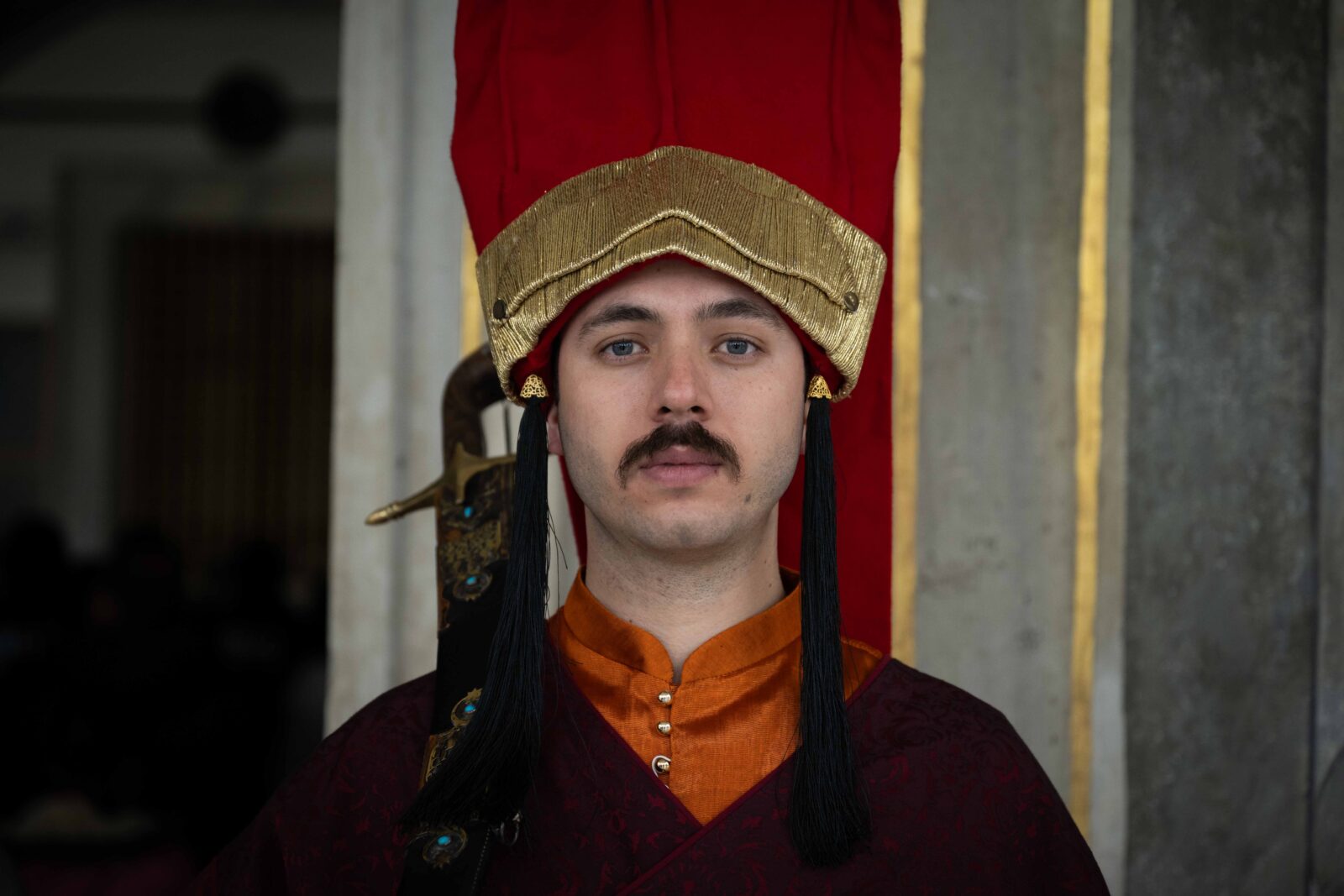
Who were silahtar?
The silahtar, an essential figure in the Ottoman palace, was responsible for the protection and maintenance of the sultan’s weapons and armory. The role held great prestige in the palace hierarchy. The silahtar agha was the most senior figure in the Enderun and had close access to the Sultan, often acting as a liaison between the Sultan and other high-ranking officials.
This influential position was a coveted one, as the Silahtar Agha enjoyed significant political power. Many rose to high ranks, including grand viziers and naval commanders, and some even married into the royal family.
The introduction of the “silahtar” uniforms at Topkapi Palace is a meaningful step in preserving and showcasing Ottoman history, enriching the cultural experience of visitors while offering a window into the grand traditions of the past.

